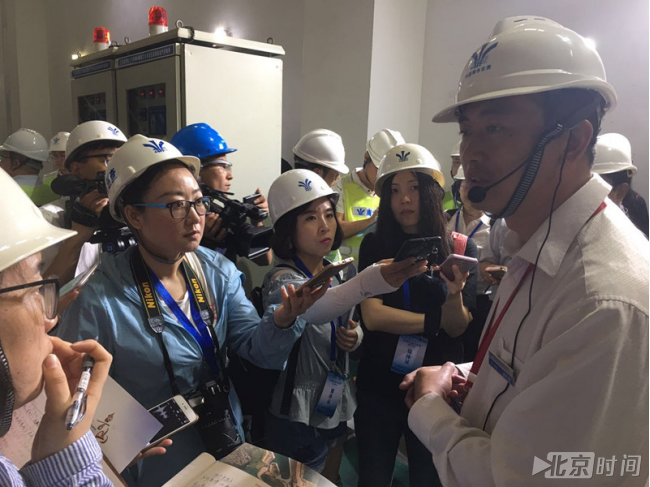
Creating significant ecological benefits
As of May 9, the central route of the South-to-North Water Diversion Project has diverted approximately 13 billion cubic meters of water to four provinces and cities along the route, enabling nearly 53.1 million people to drink water from the Yangtze River. The central route has now become the main water source as well as the lifeline of social and economic development for Beijing, Tianjin and other places. The benefit of the project is better than expected. The central route project is also playing an indispensable strategic role in water supply, improving water security, improving water quality, protecting the ecology and the environment, and promoting the construction of a resource-saving and environment-friendly society.
According to the arrangements made by the State Council's Office of the Construction Commission of the South-to-North Water Diversion Project and the Henan provincial government, the Pingdingshan Municipal Forestry Bureau is responsible for the afforestation projects on both sides of the main canal in Pingdingshan. The authorities require that two ecological corridors each with a width of at least 100 meters are respectively arranged outside the dividing line. Within the corridor, evergreen tree species, which mainly include Platycladus orientalis and Ligustrun lucidums, are located at 30 meters near the dividing line, a 7-meter-wide road is reserved for production in the middle, and the outer 63 meters is a green belt intercropped of fruit-bearing trees and oil peony. The total area of the ecological corridors constructed for the main canal in Pingdingshan is more than 1,867 hectares.
Henan province has required all pollutant discharging factories located in the first and second level of the protected areas on both sides of the main trunk of the South-to-North Water Diversion Project to close or relocate, in order to protect the water quality. For those factories required to close or relocate in 2017, all have finished the task, which is half a year ahead of schedule. Now, the water quality of the main trunk is better than that of Class II water all year round, and the ecological benefits are remarkable.
In the summer of 2014, severe drought occurred in the central and southern parts of Henan province, especially in the Baiguishan Reservoir in Pingdingshan, which seriously threatened the security of urban water supply. In order to alleviate drought, the authorities carried out an emergency water diversion lasting 45 days, and 50.11 million cubic meters of water was transferred from Danjiangkou Reservoir to Baiguishan Reservoir through the main trunk of the central route of the South-to-North Water Diversion Project. This effectively alleviated water shortage for more than 1 million people in Pingdingshan's urban area. Pingdingshan became the first city to benefit from the central route of the South-to-North Water Diversion Project.
In 2017, to utilize water accumulated in the Danjiangkou Reservoir due to the autumn's flood season, 205 million cubic meters of water was transferred to the Baiguishan Reservoir, which effectively alleviated the shortage of water in Pingdingshan District and improved the landscape in the city, providing sufficient water for leisure and entertainment activities for its citizens.